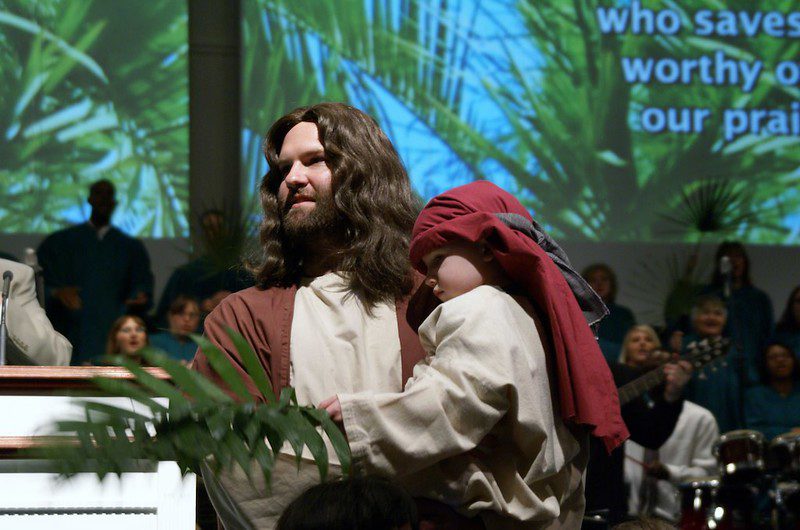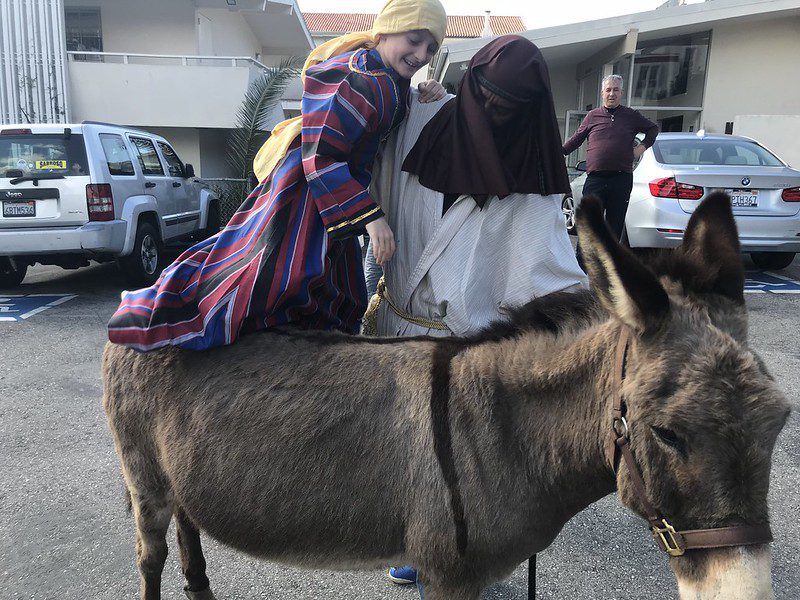Palm Sunday is a yearly celebration and tradition in the Christian calendar and is likely to be one of the most important for orthodox Christians year on year.
But how much do you actually know about the celebration? What actually takes place on this day of worship, and how has it changed over the years? Here are a few fun facts about Palm Sunday you might not be aware of.
1. There’s no fixed date for Palm Sunday.
The date of Palm Sunday changes every year. That’s because it is traditionally set the Sunday before Easter – which, again, is likely to change each year too. Don’t let this confuse you!
2. What is Palm Sunday all about?
Palm Sunday itself marks a very special event in the Christian calendar. It is said to be the date when Jesus Christ first rode into Jerusalem via donkey. It is not long before he was put to execution, and before his rising. Therefore, Christians will celebrate Palm Sunday as the beginning of the Easter period.
3. It’s where lent ends.
Palm Sunday also marks the end of lent. Lent is a fasting period in the Christian calendar where observers will give up things they love for a period in the name of worship.

4. Palm Sunday has lots of traditions.
Palm Sunday is celebrated in many different ways. One of the more traditional offerings you may find at celebrations and services include the burning of palm leaves, following a blessing.
5. Could it fulfil a prophecy?
Palm Sunday is also important to observers as it is thought to fulfil an important prophecy. That prophecy referred to the Messiah, whom Jesus Christ is referred to by millions, or as the Saviour.
6. It’s known by a few different names.
Some churches and establishments may refer to Palm Sunday as the ‘Entry of the Lord Into Jerusalem’, which remains a litreal interpretation.
7. It’s open to interpretation, too.
Many churches across the world interpret and celebrate Palm Sunday in many different ways. For example, Russian orthodox Christians will mark the occasion by hosting donkey walks across towns and cities.
8. What does ‘jack o’lent’ mean?
English Palm Sunday traditions included burning ‘jack o’lent’ figures, which are quite different from ‘jack o’ lanterns’! These straw figures were burned in an effort to, it is thought, fight back against the traitor Judas Iscariot, who arranged for Christ’s arrest and crucifixion.
9. Donkeys are connected with Palm Sunday.
In many cultures, a donkey is seen to be a symbol of peace – and it is one of the most enduring symbols of Palm Sunday for obvious reasons.

10. Keep your palms!
Palm leaves and crosses must never be cast away. Once they receive blessings, they must be burned to ash, and then used to mark the heads of those attending service. The ash-marking will not occur until Ash Wednesday the next year, which also marks the beginning of lent once again.
11. Passion Sunday?
Some people and observers may also refer to the day and occasion as Passion Sunday or Branch Sunday.
12. The emergence of the Easter Witch!
There are even more cultural differences in Scandinavia. In Finland, for example, Palm Sunday marks the emergence of ‘Easter Witches’, as children dress up and offer willow branches for sweet treats. It is somewhat similar to trick or treating – without the tricks.

FAQs about Palm Sunday
Why is Palm Sunday important?
Palm Sunday is important to followers of Christianity for many reasons. It’s said to be important for welcoming Jesus, for example.
Should I reuse my palms?
Yes - any palm crosses you receive should ideally be reused for the next year’s celebrations.
Where did Jesus ride into on Palm Sunday?
Jesus is said to have rode into Jerusalem on Palm Sunday.
Do you know any fun facts about Palm Sunday? Share them in the comments section below!









